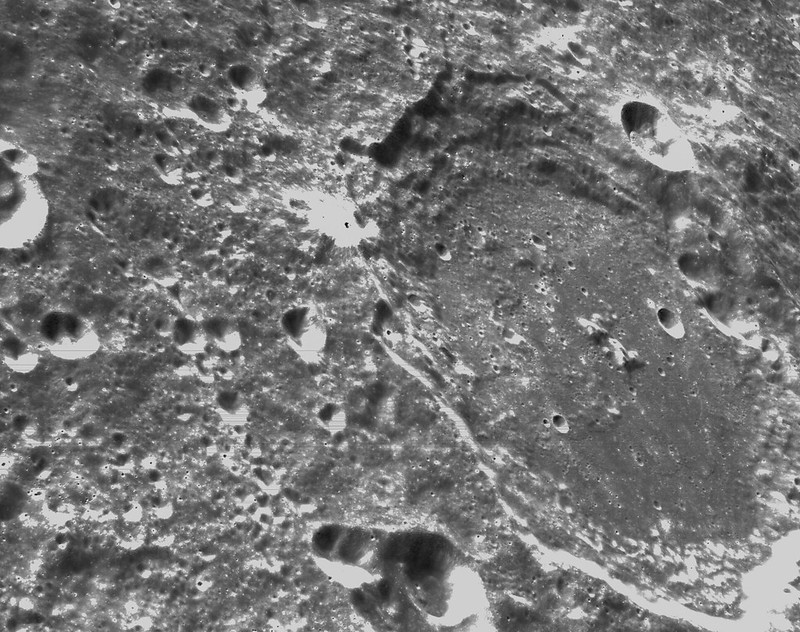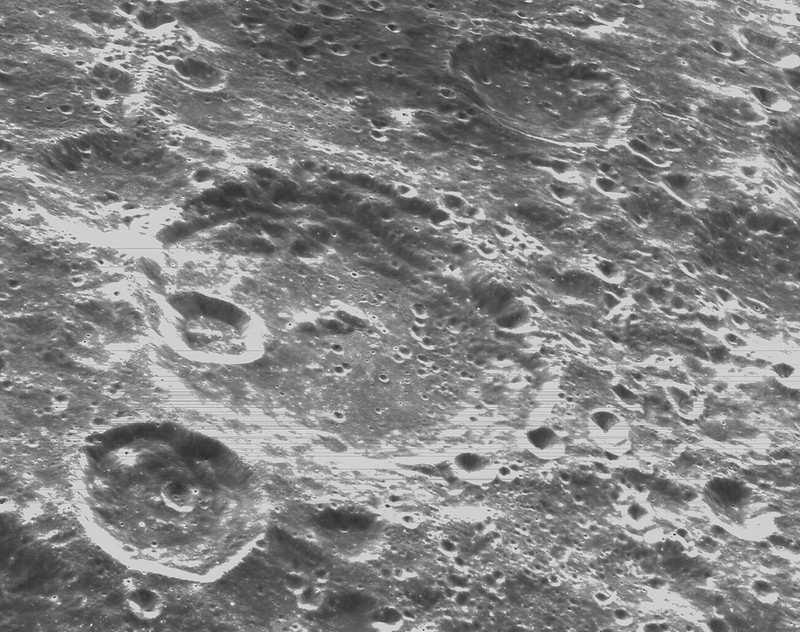The moon looks camera-ready as NASA finally reaches the lunar surface for the first time in 50 years.
As the Artemis 1 mission made its closest approach to the moon on Monday, NASA's Orion spacecraft took stunning pictures of the moon as it flew barely 81.1 miles (130 kilometers) above the lunar surface, reported first by Space.com.

Orion's Cameras
The Orion spacecraft's onboard optical navigation camera captured these strikingly detailed black-and-white pictures on day 6 of the mission, which was also the day it carried out a significant engine burn.
Orion's 16 cameras are primarily used to track the internal and external functioning of the capsule's parts from launch till splashdown. When Orion flies overhead, the four solar array cameras can capture images of the Moon and Earth.
Last week, Orion captured images of the Earth reminiscent of "blue marble" snapshots taken by Apollo 17 astronauts 50 years ago.
On Friday, Orion will perform a crucial maneuver that will place the spacecraft in a high orbit around the moon. If all goes well, the spacecraft will execute a single-engine run and spend roughly a week in lunar orbit before starting its return trip to Earth.
This weekend, Orion will surpass Apollo 13's previous record for the farthest spacecraft designed by an astronaut, which stood at around 250,000 miles (400,000 kilometers) from Earth in 1970.
It will have traveled from Earth a maximum of about 270,000 miles (433,000 kilometers) as of next Monday. The spacecraft is anticipated to splash down in the Pacific Ocean off the coast of California on December 11.

Capturing the Earth and Moon
According to the image descriptions on NASA's Flickr account, Orion has been hard at work taking pictures of Earth and the moon at various phases and distances to test the efficiency of its optical navigation camera under various lighting conditions to aid spacecraft orientation for future crewed missions.
Since Orion lacks a lunar lander, a touchdown won't happen until NASA astronauts attempt a lunar landing in 2025 with SpaceX's Starship.
The first astronaut mission will take place in 2024 on Artemis 2, which will pilot a crewed Orion around the moon.
NASA's major goal for the Artemis mission is to create a crewed outpost near the moon's south pole. A year or two later, Artemis 3 will launch and land astronauts on the lunar surface.
Since the project's inception in 2017, its total cost has exceeded $40 billion. Building a space station and a base camp on the moon will be NASA's primary objectives to prioritize human space flight and keep a permanent presence there.
Related Article : NASA Will Land On The Moon For The First Time in 50 Years l Here's Everything You Need To Know About Artemis 1
This article is owned by Tech Times
Written by Jace Dela Cruz
ⓒ 2025 TECHTIMES.com All rights reserved. Do not reproduce without permission.




